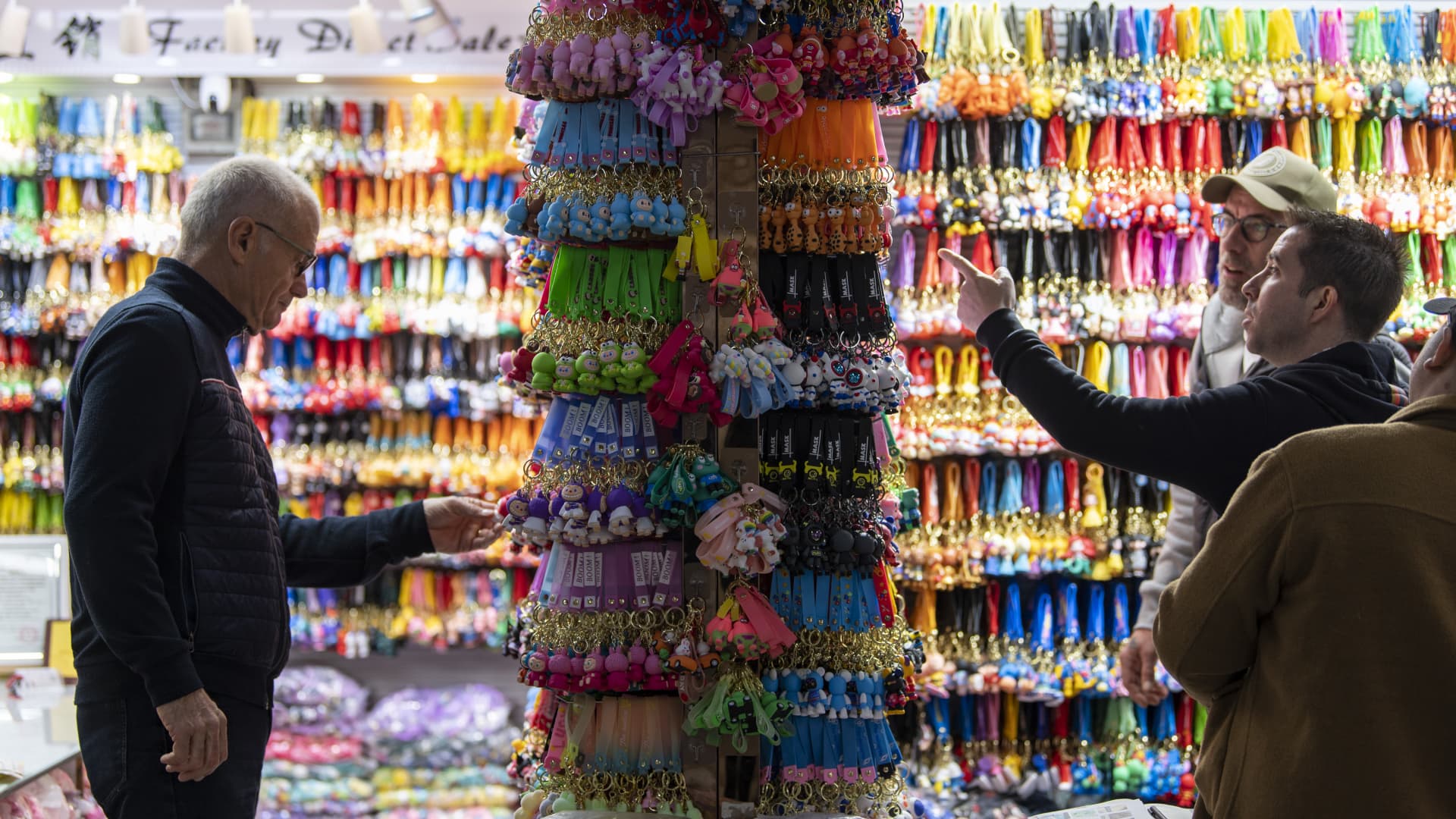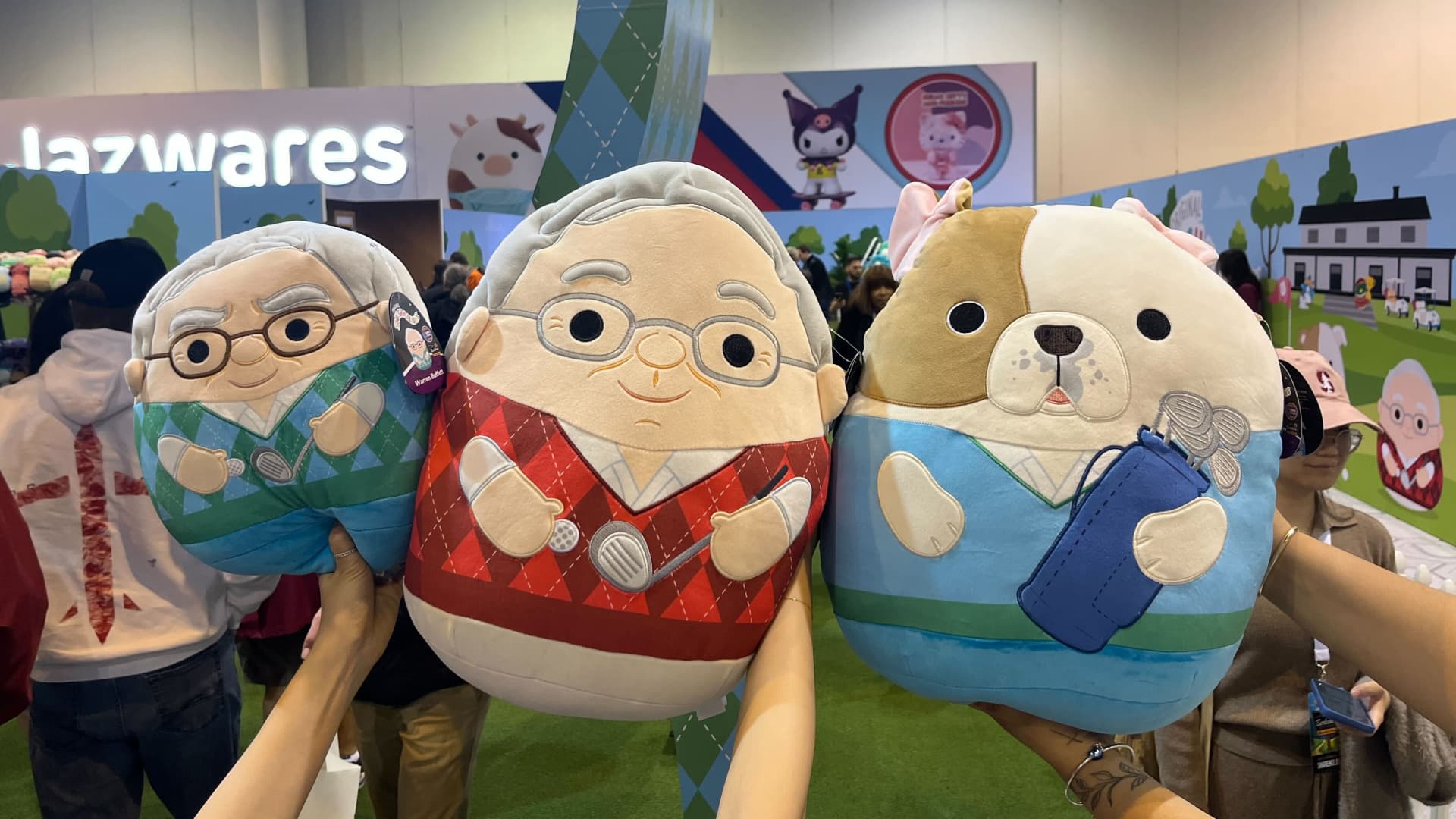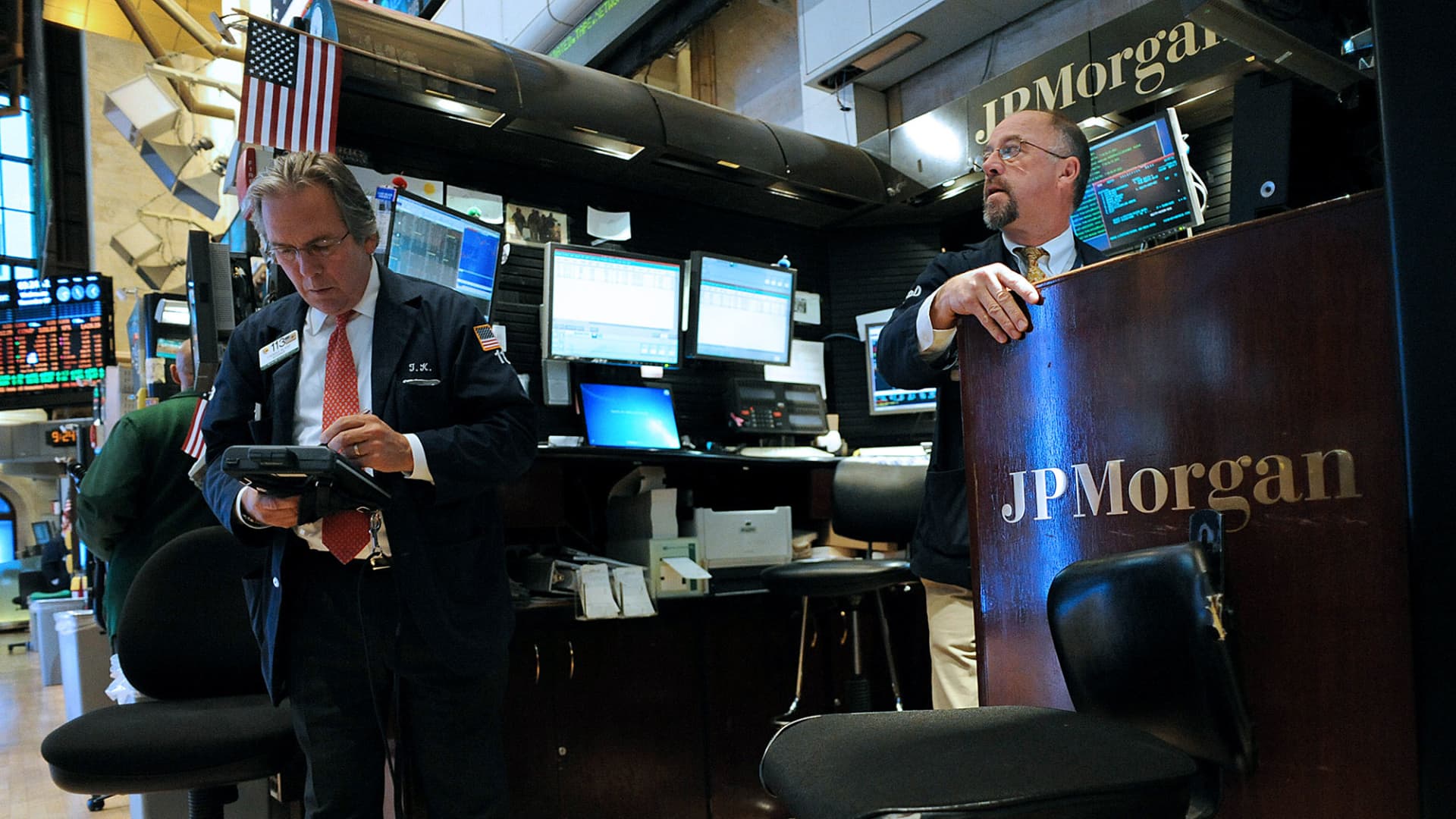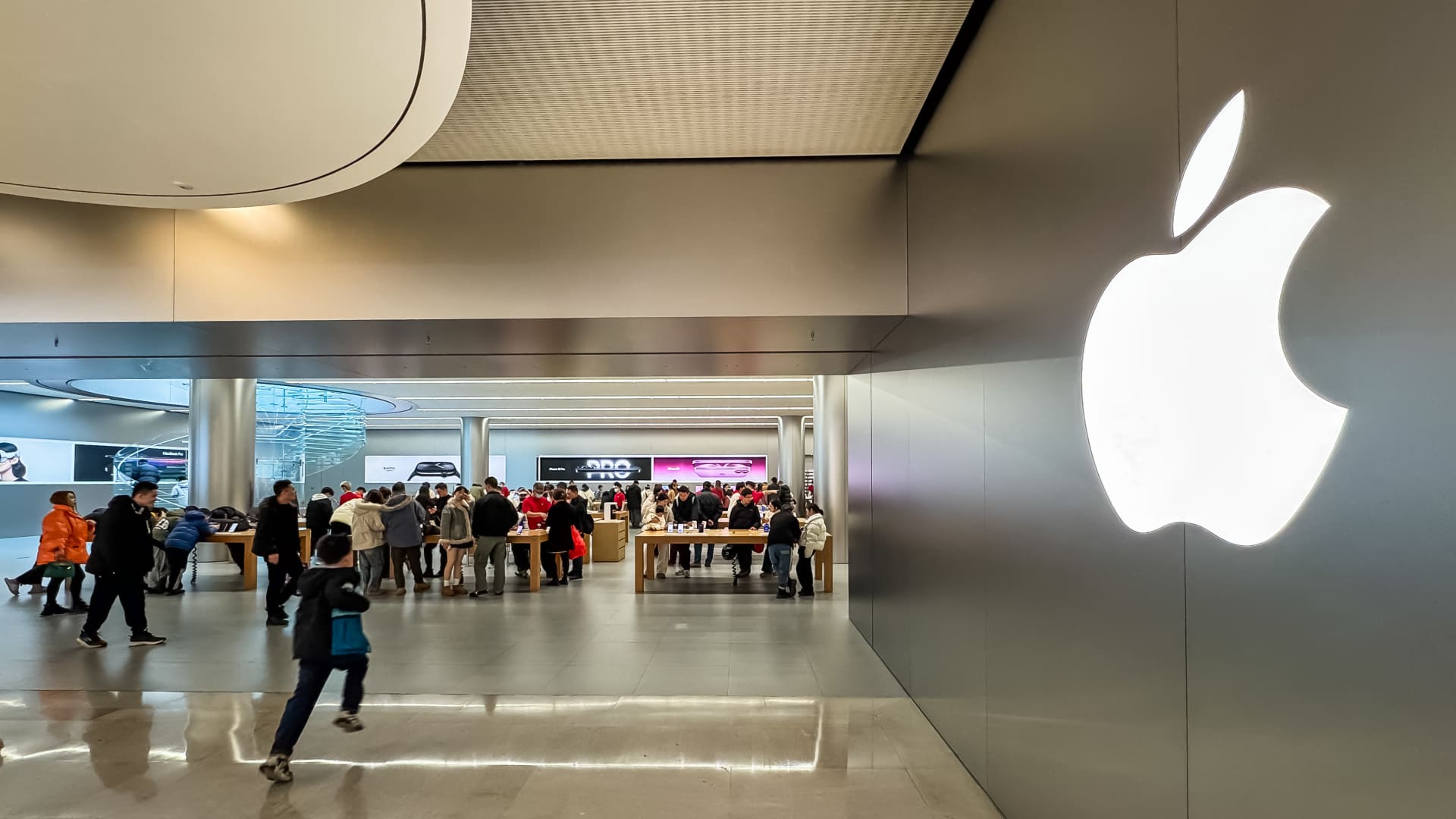YIWU, CHINA – NOVEMBER 26: Foreign clients select festive goods at China Yiwu International Trade City on November 26, 2024 in Yiwu, Zhejiang Province of China.
Hu Xiao/VCG via Getty Images
For years, Christmas merchandise has been hitting the U.S. shelves earlier, as retailers try to capitalize on the lucrative holiday season — a retail phenomenon known as “Christmas creep.”
However, tariffs could be the Grinch that disrupts year-end festivities, as Chinese factories and their U.S. buyers navigate tariff uncertainties to ensure that shelves stateside will be well-stocked in time for Christmas.
Shortly after U.S. President Donald Trump unveiled sweeping tariffs on April 2 — including a 34% tariff on imports from China that were later ramped up to 145% — many U.S. retailers’ reaction was to halt their orders from Chinese suppliers, forcing factories to pause production, according to CNBC interviews.
However, industry representatives say that some production has restarted in the last few days, as concerns about business disruptions and missed opportunities outweigh the tariff uncertainties.
“If you don’t start producing in the next couple of weeks, you’re going to start missing Black Friday and Christmas,” Cameron Johnson, Shanghai-based senior partner at consulting firm Tidalwave Solutions, said in a phone interview Tuesday.
“Both sides are trying to be flexible to some degree,” he said. “Retailers are starting to realize if these supply chains stop, it will be much more difficult to get them up and running [again].”
Johnson described how, for example, a pause in orders for a factory making spoons would impact the company that rolls the steel, as well as the iron ore smelter. “These supply chains themselves, the upstream, are also starting to close down. If they close down, even if we have some kind of a deal, it will take time for things to [restart].”
Despite some rerouting of China-made goods through other countries, replacing existing supply chains and shipping schedules will be difficult to achieve overnight. For 36% of U.S. imports from China, more than 70% can only be sourced from mainland suppliers, according to a Goldman Sachs analysis earlier in April.
For example, electronic products need to be shipped out of China by early September to hit U.S. shelves right after the Thanksgiving holiday at the end of November, taking into account customs clearance and the distribution chain, said Renaud Anjoran, CEO of Agilian Technology, an electronics manufacturer in China. The Guangdong-based company delivers half of its products to the U.S. market.
It takes around six months to manufacture, test, assemble, and package, meaning suppliers ideally should have started preparing for these orders in March, said Anjoran.
Shrinking shipments
Many U.S. buyers had started stockpiling inventories since late last year, anticipating higher tariffs after Trump returned to office. As frontloading continued, China’s exports to the U.S. rose by 9.1% in March from a year ago, according to CNBC’s calculation of official customs data, while imports from fell 9.5% on year. April trade figures are expected to be released on May 9.
But those frontloading efforts have started to dwindle. The number of cargo-carrying container ships departing from China to the U.S. has fallen sharply in recent weeks, according to Morgan Stanley’s tracking of high-frequency shipping indicators. Cancelled shipments have also skyrocketed by 14 times in the four weeks from April 14 to May 5, compared to the period from March 10 to April 7, the investment bank said.
In April, a gauge of new export orders from Chinese factories fell to the lowest level since late 2022, according to the national statistics bureau.
“Currently, we do not have a lot of purchase orders for the next few months from American customers,” Anjoran said. Most of his clients have stockpiled inventory that was shipped to the U.S. before Chinese New Year at the end of January, with some orders trickling in March and April.
Weekly analysis and insights from Asia’s largest economy in your inbox
Subscribe now
Some U.S. buyers are waiting to see whether tariffs will be reduced to a more acceptable level in May before resuming shipments, Ryan Zhao, a director at Jiangsu Green Willow Textile, told CNBC. For now, the company has production on hold for orders from its U.S. clients.
Recent reports pointed to some tariff reliefs on the ground as both governments sought to blunt the economic impacts of punitive tariffs. China reportedly granted tariff exemptions to certain U.S. goods, including pharmaceuticals, aerospace equipment, semiconductors, and ethane imports.
In the latest relief, Trump signed an executive order exempting foreign car and parts imports from additional levies, following an earlier rollback of tariffs on a range of electronic products, including smartphones, computers and chips.
Trying to time it right
Despite concerns about profit margins, some businesses are hedging their bets by partially refilling orders from China rather than enduring the sight of empty store shelves, said Tidalwave Solutions’ Johnson.
“A few factories told me some U.S. importers have instructed them to resume production in an attempt to ‘time’ anticipated tariff relief,” Martin Crowley, vice president of product development at Seattle-based wholesale toy seller Toysmith, said in an email Tuesday. The company’s website urges customers to place orders by May 16, for shipping by July 31, “to lock in current, non-tariffed pricing.”
In the last few days, many factories in the manufacturing centers of Yiwu, Shantou, and Dongguan have received clearance from Walmart and Target to resume production, Crowley added. Walmart and Target did not immediately respond to a CNBC request for comment.
Some Agilian customers are also placing relatively smaller orders, betting that tariff rates will decrease by the time their products arrive at U.S. ports.
However, in the event of a breakthrough in U.S.-China trade negotiations — and a rush to backfill orders ensues — that could drive up factories’ production costs and shipping prices.
“It is possible to rush, arrange production faster if quantities are not large … but if all American customers rush at the same time, the factories are going to be overwhelmed and air shipments will be quite expensive,” said Anjoran.
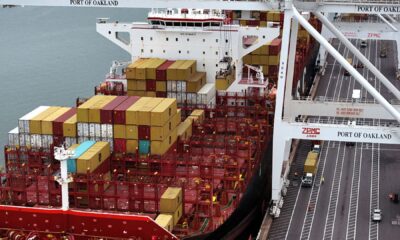
 Economics1 week ago
Economics1 week ago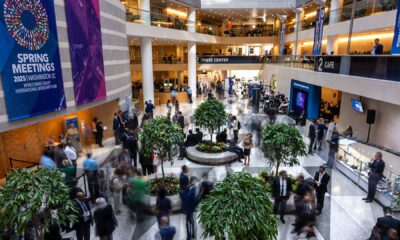
 Economics1 week ago
Economics1 week ago
 Accounting1 week ago
Accounting1 week ago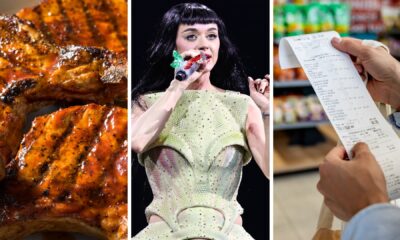
 Economics7 days ago
Economics7 days ago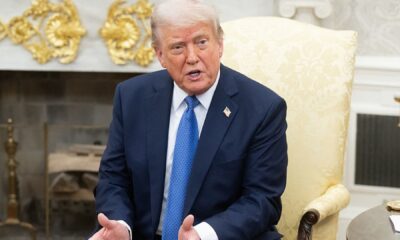
 Economics1 week ago
Economics1 week ago
 Economics7 days ago
Economics7 days ago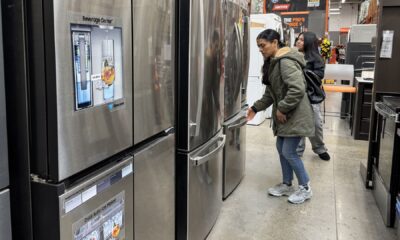
 Economics1 week ago
Economics1 week ago
 Personal Finance1 week ago
Personal Finance1 week ago
